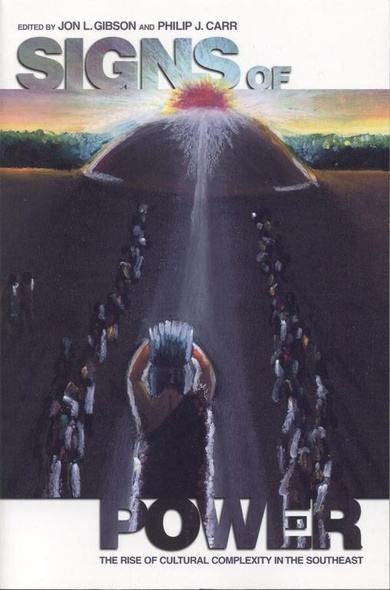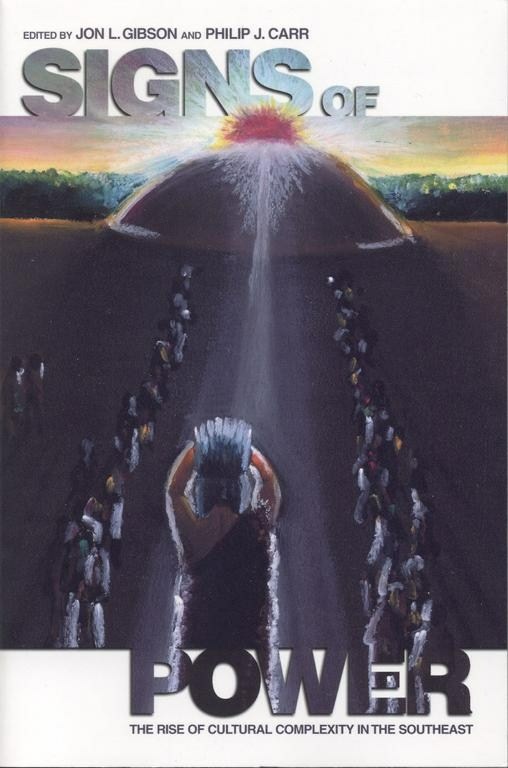Signs of Power
The Rise of Cultural Complexity in the Southeast
Traces the sources of power and large-scale organization of prehistoric peoples among Archaic societies.
By focusing on the first instances of mound building, pottery making, fancy polished stone and bone, as well as specialized chipped stone, artifacts, and their widespread exchange, this book explores the sources of power and organization among Archaic societies. It investigates the origins of these technologies and their effects on long-term (evolutionary) and short-term (historical) change.
The characteristics of first origins in social complexity belong to 5,000- to 6,000-year-old Archaic groups who inhabited the southeastern United States. In Signs of Power, regional specialists identify the conditions, causes, and consequences that define organization and social complexity in societies. Often termed "big mound power," these considerations include the role of demography, kinship, and ecology in sociocultural change; the meaning of geometry and design in sacred groupings; the degree of advancement in stone tool technologies; and differentials in shell ring sizes that reflect social inequality.
This volume aptly illustrates the very complex nature of Archaic societies that constructed the earliest earthworks in the New World and sets their activities in the broader context of their times.'--John Kelly, Washington University at St. Louis
The real value of Signs of Power is that several key chapters address central issues in archaeology, such as the nature of power, the meaning of socially constructed landscapes (i.e., mounds), technology, interaction, and social identity. The essays in this volume are valuable not only for the Southeastern archaeologist but also for anyone interested in the genesis of these particular phenomena in prehistory.'
—Southeastern Archaeology
Jon L. Gibson is Professor (Retired) of Anthropology at the University of Louisiana at Lafayette and author of The Ancient Mounds of Poverty Point.
Philip J. Carr is Assistant Professor of Anthropology at the University of South Alabama and editor of The Organization of North American Prehistoric Chipped Stone Tool Technologies.





